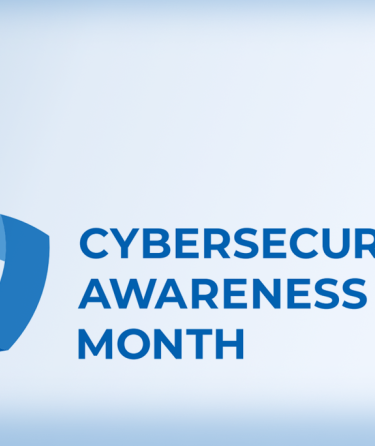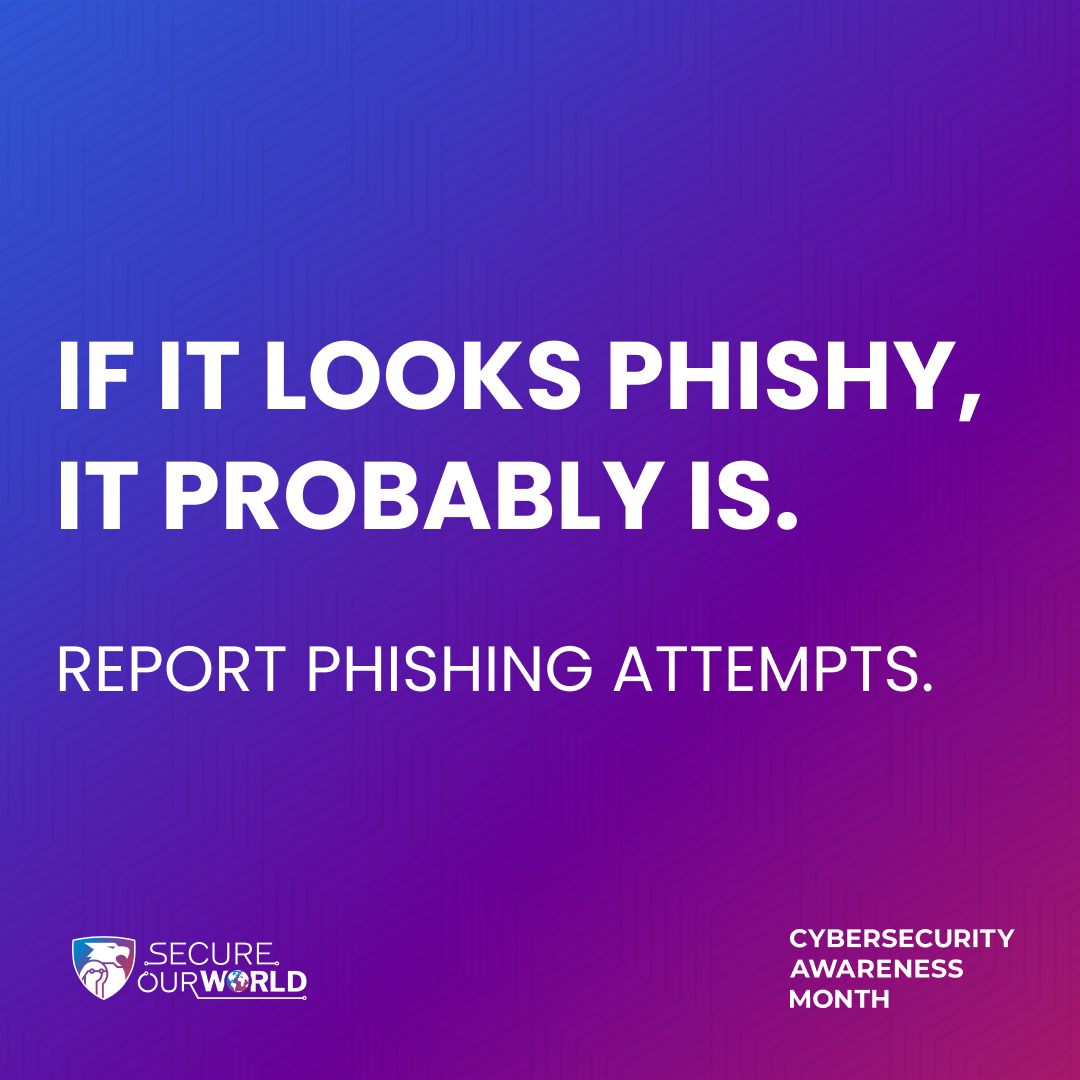Week 3: Recognize and Report Scams
Don't Get Hooked: Spotting and Reporting Phishing Scams
Scams come in many forms: emails, texts, calls or fake websites that attempt to solicit personal data or money from you. This week learn how to identify the warnings and how to report scams so that you, your friends, coworkers, and community can be safe.

What Is Scam Recognition & Why Does It Matter?
Scam recognition is your ability to detect um and stop the fraudulent attempts or activities of scammers through emails, texts, calls or websites that attempt to trick you into giving up personal data or money. Learning how to detect these red flags and reporting the scams leads you to avoid being the victim and contributes to protecting friends, colleagues, and the community.
Developing this skill is important because it has a wide-reaching impact:
- Prevents personal loss: you stop thieves before they steal your data or money.
- Stops scam campaigns: each report helps security teams to identify bad actors and enhance protective measures..
- Protects friends and colleagues: your alert could save multiple people from falling for the same trap.
- Strengthens community defenses: real-world reports feed into stronger spam and phishing filters.
How to Spot & Report Scams
Follow this two-part process when you encounter a suspicious message.
Part 1: Spot the Red Flags
- Suspicious Sender: Check the name you see (for unusual variations and spelling errors), email address, or phone number you are replying to (if applicable)..
- Urgent or Threatening Language: Using phrases like, “Act Now” or threats of repercussions are common tactics used to instill panic in the hopes of you acting irrationally.
- Deceptive Links: preview links to reveal hidden URLs or deceptive domains.
- Unusual Requests: Be skeptical of any unexpected request to confirm account information, send money or personal details.
- Poor Grammar and Spelling: While some scams are sophisticated, many still contain obvious grammatical errors.
Part 2: Report the Threat
If you suspect a message is a scam, do not reply or click any links. Instead, report it:
- Use built-in report tools: Use the "Report Phishing" or "Report Junk" feature in your email client (like Outlook or Gmail) or messaging app.
- Forward to security: send the suspicious messages to your Information Security team for analysis.
Pro tip: Pause for five seconds before clicking any link or opening attachments. If something feels off, contact the legitimate source through an official channel, such as your IT help desk or a known company number, to confirm authenticity.

